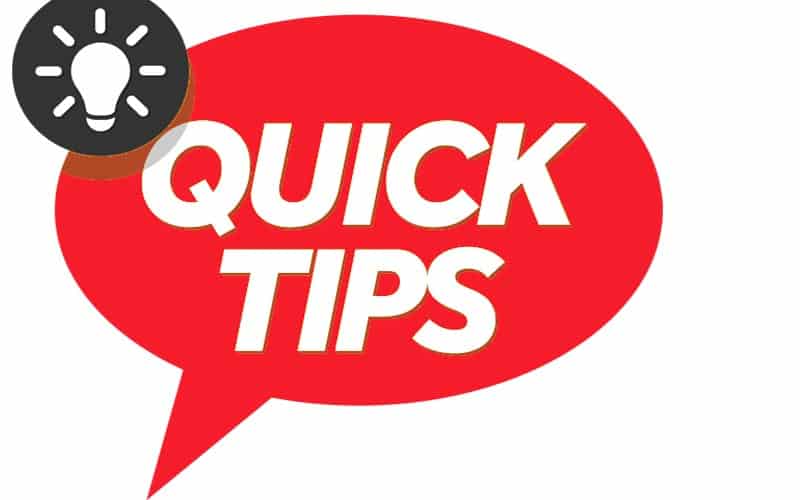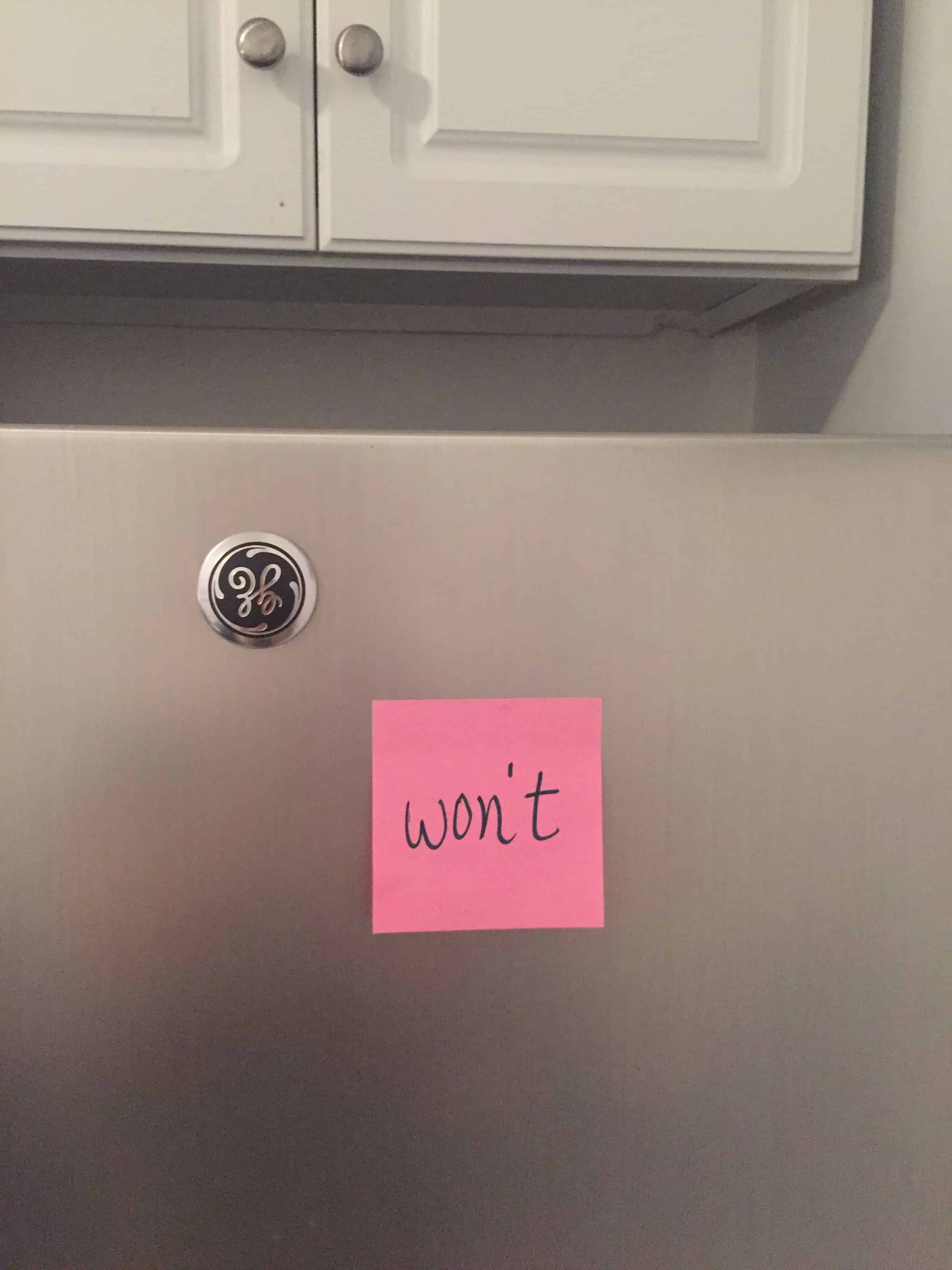Use these 11 quick American accent practice tips to continue improving your pronunciation, intonation, and rhythm

This is an especially busy time for everyone. Even so, there are always a few minutes to get in some extra American accent practice. Here are 11 quick accent reduction practice tips you can start practicing right now:
Many are quite portable, and can be practiced almost anywhere and anytime.
- Sing! Find an American song that you love, get the lyrics, and learn it. Or learn part of it. Learn one line! Sing it until you connect with a few moments of American resonance and rhythm. Get to know the song and internalize the subtle things you hear. This practice can be great for vowel work. For example, check out Lady Gaga’s “Poker Face” for a true American /o/ experience.
- Find the vibe. Singing, imitating speech, and connecting with rhythm also helps find the American accent vibe. “Vibe” (short for “vibration”) is the physical “attitude” or “feel” or even “look” of the accent …beyond mere pronunciation and intonation differences. Every accent has its own vibe.
 Post-it practice. Choose one word or phrase that contains a target sound you’re working on, and that you say frequently.Write it on some post-its and stick them on your refrigerator, computer monitor, or bathroom mirror. Examples:
Post-it practice. Choose one word or phrase that contains a target sound you’re working on, and that you say frequently.Write it on some post-its and stick them on your refrigerator, computer monitor, or bathroom mirror. Examples:
a. “Probably” (for the /a/ sound spelled with an O)
b. “Stop it!” (Good for eliminating the EH in front of ST, for Spanish- and Portuguese speakers…also useful if you are a parent 🙂
c. “Hello!” (for those of you missing your H sound)
d. “OK” (to get the diphthong /ei/) – make sure to extend the end of the “K”
e. “Thanks!” (TH, of course!)Here is a “before” and “after” recording of one our students (who practiced a lot!):
- Red light practice. If you’re on the street corner waiting for the light to turn green, look around and comment quietly, using a word with one of your target sounds. Examples: “Here is a bench, here is a dog” (for H). “Nice store, beautiful door” (for OR). “Been there, never been there” (for IH). Reminder: “been” is pronounced like “bin”, not “bean”. (This is also good mindfulness work – getting grounded in the present place and time.)
 Stand, move, act! Practicing a particular American vowel or consonant? Read out loud while paying attention to that sound. Do it sitting down, standing up, walking around. Make it physical. Use our practice materials, or an article, a play. Become an actor rehearsing a script. Look around and speak with feeling (while pronouncing the sound correctly as much as possible).
Stand, move, act! Practicing a particular American vowel or consonant? Read out loud while paying attention to that sound. Do it sitting down, standing up, walking around. Make it physical. Use our practice materials, or an article, a play. Become an actor rehearsing a script. Look around and speak with feeling (while pronouncing the sound correctly as much as possible).- Phone practice. If you know how to get into the American oral posture, make it a practice to do your favorite posture set-up (e.g. “AH-EE-AH-EE-AH”) before answering the phone, then pick up with a nice open “Hello?” See how long you can stay in the posture.
 Pet practice. Try out your accent on your dog or cat. They will never criticize you.
Pet practice. Try out your accent on your dog or cat. They will never criticize you.- Eavesdrop! Pick someone who is speaking near you on the train, in a cafe, in the apartment next door… and eavesdrop (pronounced EEVZ – drap – this means “to secretly listen in”). Note the up and down patterns of the intonation and give the speaker a rating:
a. Super-animated – could be a news anchor!
b. Pretty average
c. Pretty flat
d. Pretty flat AND boring
e. Impossible to understand. Also, see if you can figure out what is going on psychologically based on the intonation and facial expressions. Are they fighting? Are they joking? Are they happy, or angry? - TH test. Listen to how people pronounce their TH-sound for a while. Listen for the little connecting words “the”, “this”, “that”. TH is the most frequent consonant sound in English, so you can rate many of them in one conversation. Native-born Americans tend to pronounce their TH correctly, unless they have a strong regional New York City accent. You can do this listening exercise with any sound or accent feature you’re working on.
- Bottoms up! Some clients say that their American accent gets better after a drink. What the heck, try it!
- No language needed. While watching a movie at home, occasionally hit ‘pause’ and imitate the last sentence the actor said. Don’t worry about the words. Go for the intonation, the rhythm, the vibe.
No matter how you spend your time, there are always a few minutes here and there to try these quick American accent practice tips.

